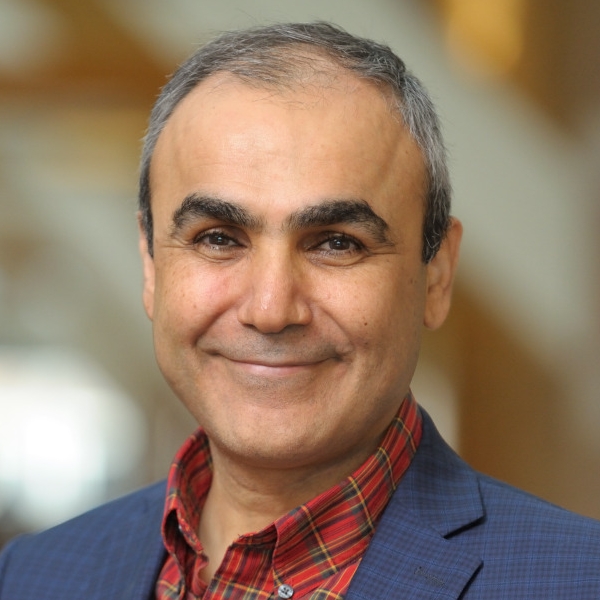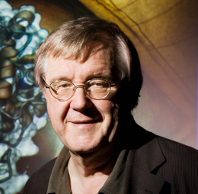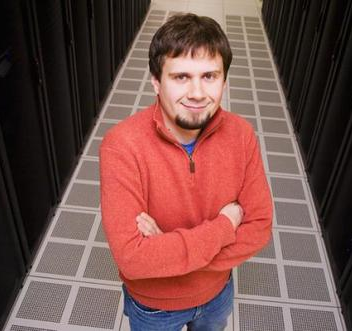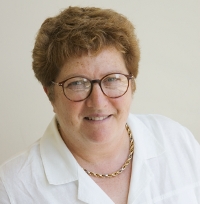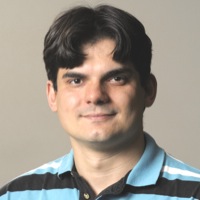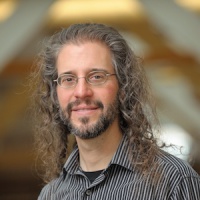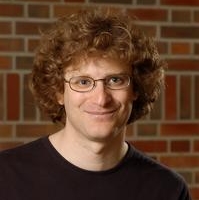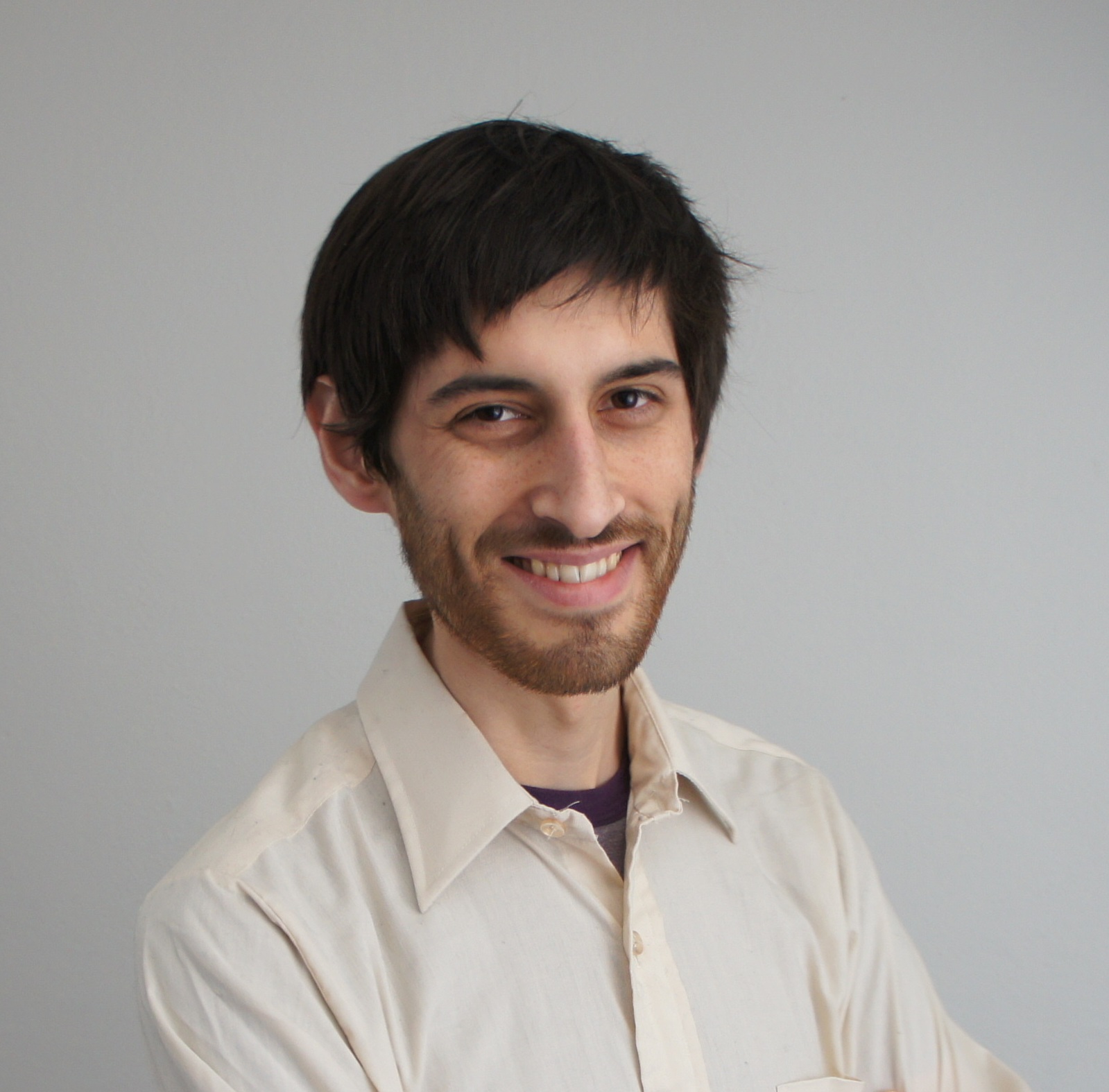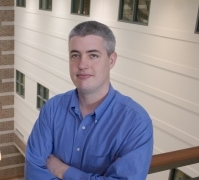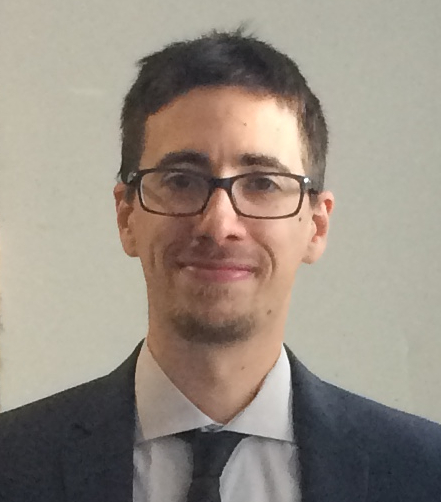|
Emad Tajkhorshid directs the leads the NIH Center for Macromolecular Modeling and
Bioinformatcis and the Computational Structural Biology and Molecular Biophysics
Group at the Beckman Institute. He is Hastings Endowed Chair in the Biochemistry
Department, as well as holds additional appointments across multiple colleges that
include Chemistry, Bioengineering, Pharmacology, Biophysics and Quantitative Biology,
Computational Science and Engineering, and the Carle-Illinois College of Medicine at the
University of Illinois. He joined the faculty of the Departments of Biochemistry (LAS)
and Pharmacology (UI COM) in 2007 and was fast tracked to associate professor with tenure
in 2010 and then again to the rank of professor in 2013. His tenure dossier was selected
as one of the two top UIUC tenure cases on campus. In 2015, Professor Tajkhorshid was
named a University of Illinois Scholar, after being nominated by both UIUC and UIC
campuses. In 2016, he was awarded the Faculty Excellence Award from the School of
Molecular and Cellular Biology at UIUC. Later that year he was named Endowed Chair in
Biochemistry. His research focuses on developing and applying advanced computational
techniques to characterization of biological phenomena, particularly membranes and
membrane proteins, with the aim of achieving the most detailed microscopic view of
structural and dynamical bases underlying biological function. Major areas of his
extensive research portfolio, which have enjoyed continuous support from multiple federal
funding agencies (NIH, NSF, DOE, DOD) over many years, include mechanistic studies of
membrane transport proteins, principles of energy transduction and coupling in
bioenergetic proteins, and lipid modulation of protein function, e.g., in signaling
proteins associated with the cellular membrane. Dr. Tajkhorshid has authored over 200
research articles (H-index 60) with over 20,000 citations in such high-profile journals
as Nature, Science, Cell, eLife, and PNAS. He has delivered nearly 150 invited lectures
at international meetings, universities, and research institutes. He has served on the
Editorial Boards of multiple major journals, including Biophysical Journal, Journal of
Biological Chemistry, and PLoS Computational Biology, and Biochemical and Biophysical
Research Communication.
|
